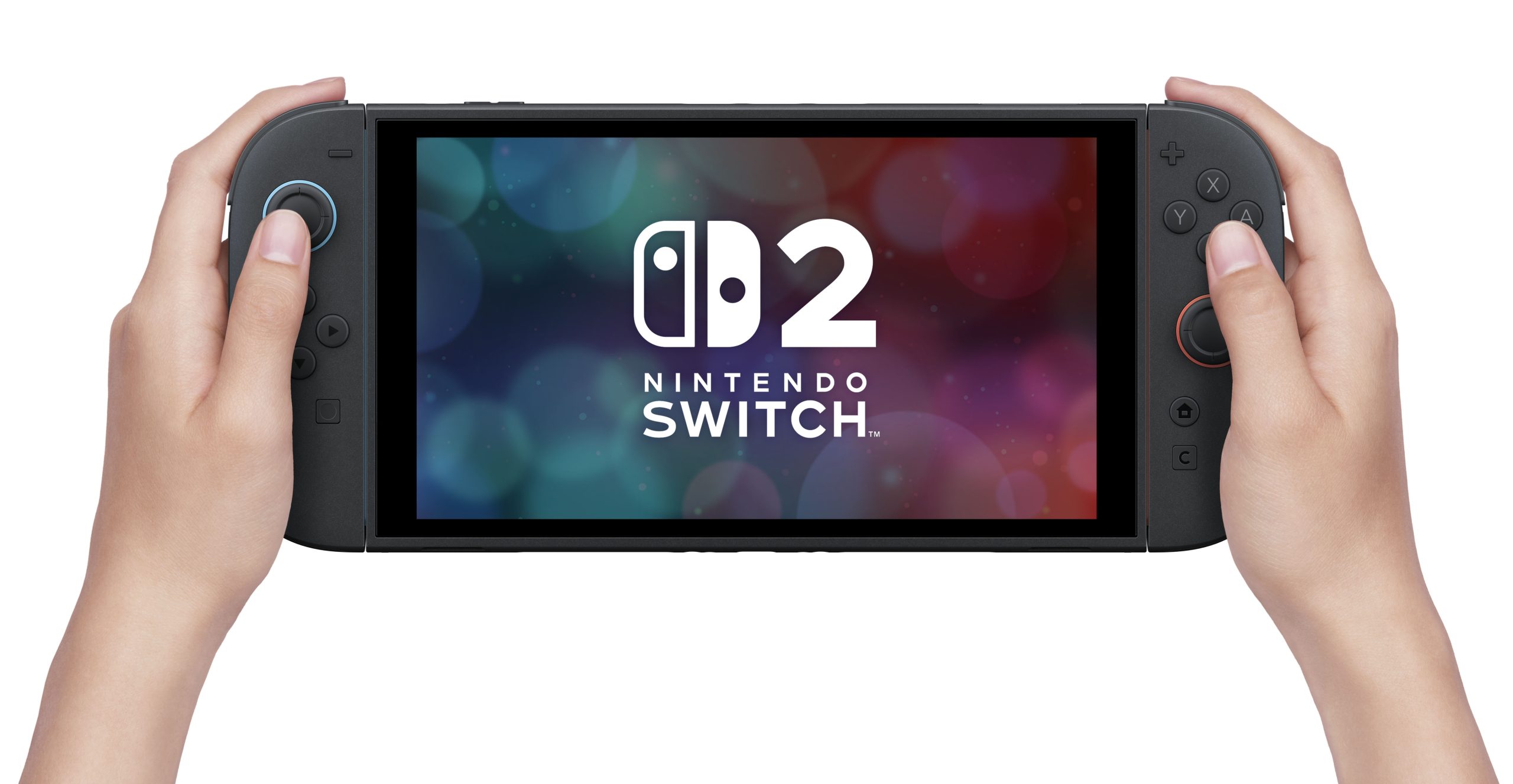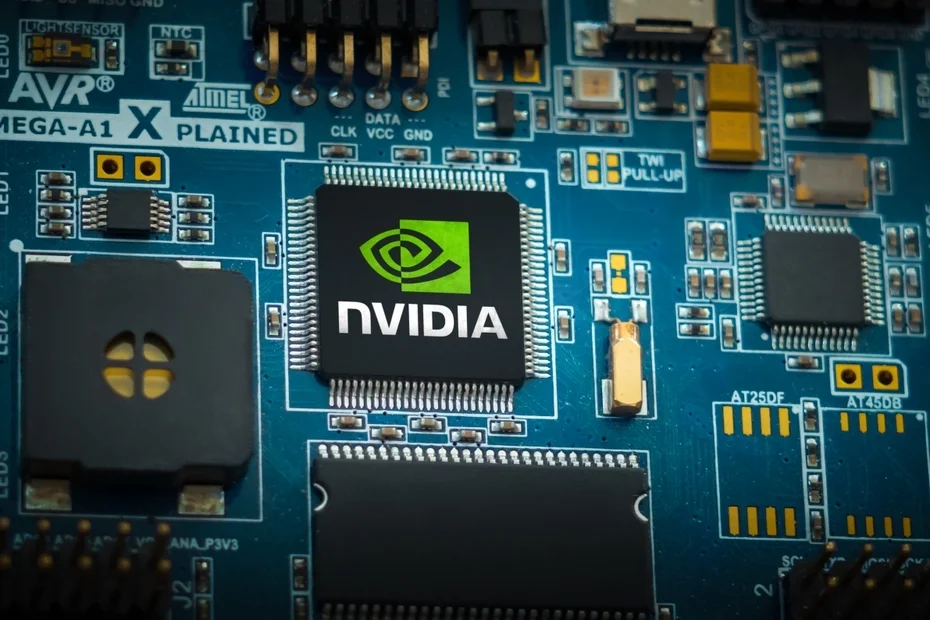Two NVIDIA DLSS Types Are Available on Nintendo Switch 2, Including a “Light” Version Used to Upscale Beyond 1080p Resolution

Two types of NVIDIA DLSS are available on Nintendo Switch 2, including the “light” version of the upscaler which was long speculated to be available for the system.
In a new analysis shared today on YouTube, Digital Foundry’s Alex Battaglia takes a deep look at the currently available Nintendo Switch 2 games that use NVIDIA DLSS, such as Cyberpunk 2077, Street Fighter 6, Hogwarts Legacy, Star Wars Outlaws, The Touryst, and Fast Fusion. Analyzing how the upscaler is used in each game, the tech expert highlighted how the system seemingly supports two types of NVIDIA’s upscaling technology.
The first type of NVIDIA DLSS available on Nintendo Switch 2 is similar to the CNN model available on PC, offering similar image resolve, anti-aliasing on movement and camera cuts, and disocclusion (how elements move into or out of view) stylisation. This type is only used in games that upscale resolution to 1080p to date.
The second type, on the other hand, is the long-speculated “light” type which has a sharper image resolve in stills, but that apparently gets turned off on movement and camera cuts, and shows raw disoccluded pixels. This version of NVIDIA DLSS is used in games that upscale the resolution to 1080p and beyond. This is hardly surprising due to the performance cost of the full-fat type of the upscaler, which would impact performance substantially at resolutions higher than 1080p on the Nintendo Switch 2 system specifications.
To corroborate the findings, the Digital Foundry expert asked a respected game developer about these two types of NVIDIA DLSS, confirming that they are indeed available on the system with multiple presets. The “light” type is also newer and has half the frame-time cost of the CNN-like model, which makes it a good option for upscaling past 1080p resolution, even if it does not handle movement well.
The Nintendo Switch 2 is the first handheld system to support NVIDIA DLSS, so seeing how the upscaling tech has been adapted to work on the system’s specs is fascinating. To date, only third-party titles have taken advantage of it, most likely due to engine limitations from Nintendo’s first-party titles, so it will be interesting to see how future first-party games will take advantage of it to push the system past expectations.



